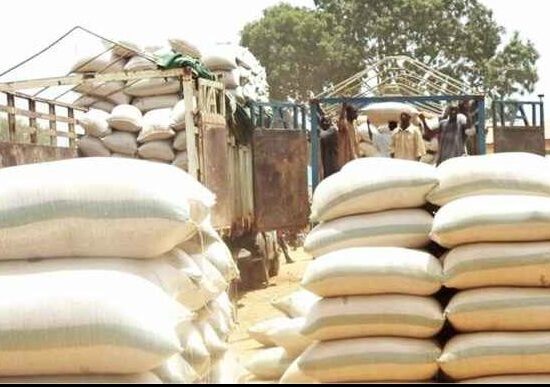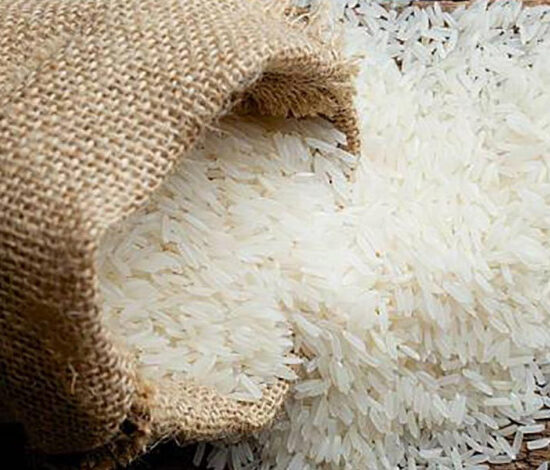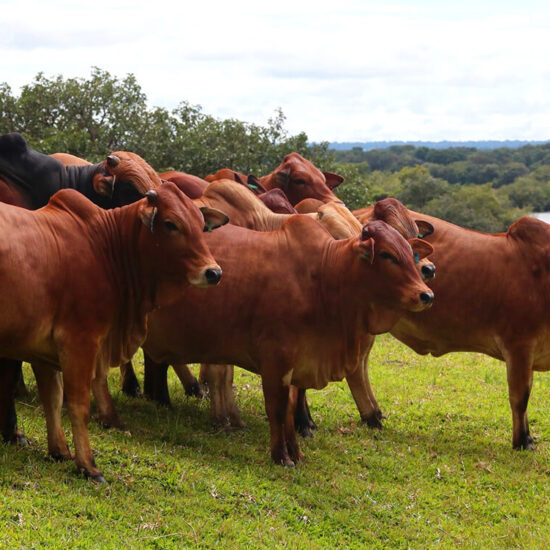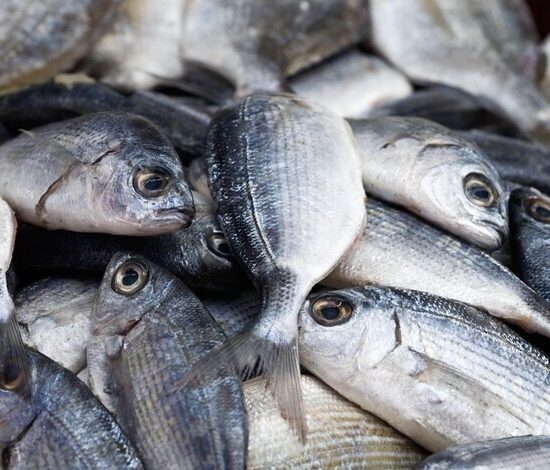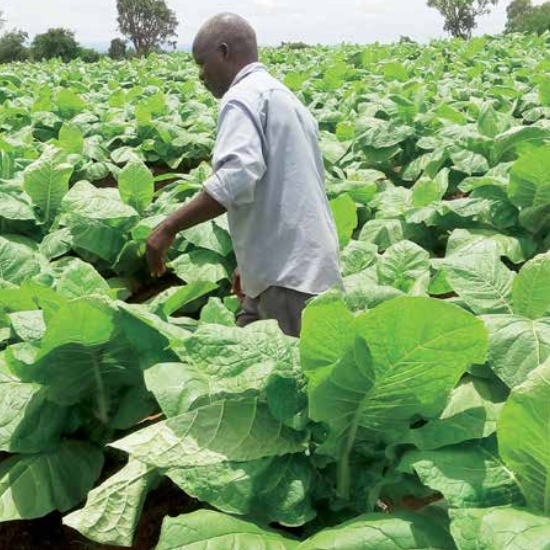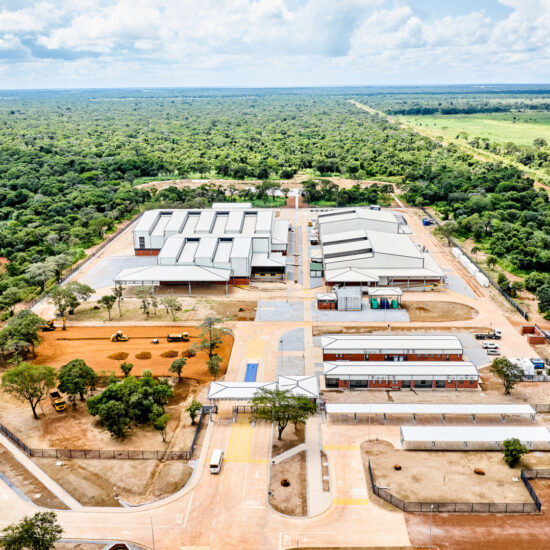
The deal signed by Zambia and China for the export of Stevia leaves will initially only benefit five (5) commercial farmers, with calls for more local farmers to get involved and start cultivating the crop and benefit from the export market that has now been re-opened.
The Zambian government announced that it has signed a Memorandum of Understanding (MOU) with China for the export of stevia, a natural sweetener and sugar substitute derived from the leaves of the plant species called stevia rabaudiana.
However Pritchard Mukuwa, the Principal Plant Health Inspector for Plant Quarantine and Phytosanitary Service, a department in the Ministry of Agriculture responsible for facilitating safe agriculture trade has revealed that currently, there are only 5 commercial farmers who are significantly growing stevia in Zambia.
Speaking in an exclusive interview with the Zambian Business Times – ZBT, Mukuwa said stevia is mainly grown in Southern province towns of Livingstone, Kalomo, Magoye and Choma, emphasizing that that this is the region where most of the stevia production has been happening.
Mukuwa noted that out of the 5 farmers that have been growing the crop, only two have been consistently shipping to China and they ship about 6-7 containers each a year and on average, one container carries 23 metric tonnes of stevia which is worth about $60,000.
The inspector mentioned that the crop fetches around $2.5 per kg adding that the price fluctuates depending on the demand and supply. He further explained that stevia is only grown for export and it is exported to China as no one is processing it in Zambia, adding that it is a new crop and there have been some market access issues.
Mukuwa told ZBT that farmers started growing stevia in 2016 and it takes about 4 months for farmers to start harvesting the crop. He added that he is hopeful that more people will venture into the production of the crop following the signing of the MOU with China.
“From growing to harvesting it takes about 4 months. You do your nursery, when you transplant from your nursery, it will take you about 4 months for you to start harvesting.It is also exported as a dried product. It is a natural sweetener and you can also use it to bake “,he said.
He noted that there is need for value addition because when the stevia is produced in Zambia,it is exported just as a crop when value can be added so that when it is exported to China,it can go straight into supermarkets and people can buy it as a finished product.
And Senior Plant Health Inspector Martin Siazemo said the current production by the two farmers stands around 322, 000 metric tonnes per year but the production was higher when most farmers were growing the crop adding that the highest production was around 900, 000 metric tonnes in 2019 with a single farmer cultivating about 90 hectares.
Siazemo mentioned that it requires some substantial investment and that is why it is mostly grown by commercial farmers. It is a perennial crop which grows throughout the year and requires a lot of water, therefore some small holder farmers who may not be able to use irrigation facilities have not ventured into stevia production.
He however mentioned that a number of small scale farmers have expressed interest in growing the crop noting that they have irrigation infrastructure but need to be given contracts by the company promoting and marketing the production of stevia in Zambia.
The Plant Inspector noted that there were 24 farmers growing the crop a few years ago but because the company promoting stevia production mishandled the whole process, other farmers pulled out.
“The variety which these guys first introduced to farmers was performing well, then they realized that there was a new variety on the market which had a better taste profile, stevia is about the sweetness of the leaf, the sweeter the leaf, the more the market will pay for it”.
So they found a variety which was 1,000 times sweeter than the sugar that we buy. So they imposed that variety on the farmers without doing enough trial to see how it can perform in Zambia. This new one was a total failure and was flowering at a tender stage and because the farmers spent a lot of money in form of irrigation and fertilizer, they ended up asking for compensation but the company refused, so that’s how most farmers quit the crop”, he said.
Siazemo further revealed that the farmers were allowed to export the crop from 2018 to last year when the agreement expired, but with the signing of a new deal, exports will resume adding that before exports to China began, the farmers used to ship the produce to Uraguay then to China until the bilateral agreement was signed to ship the crop directly to China in 2018.


